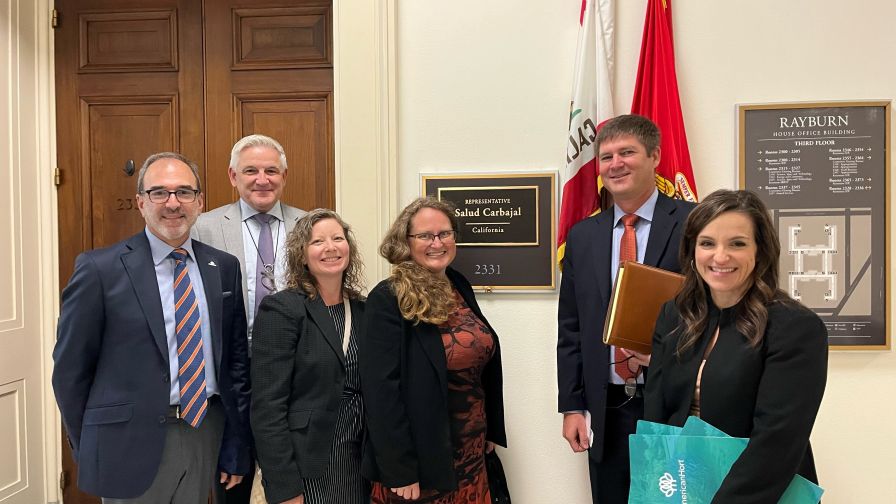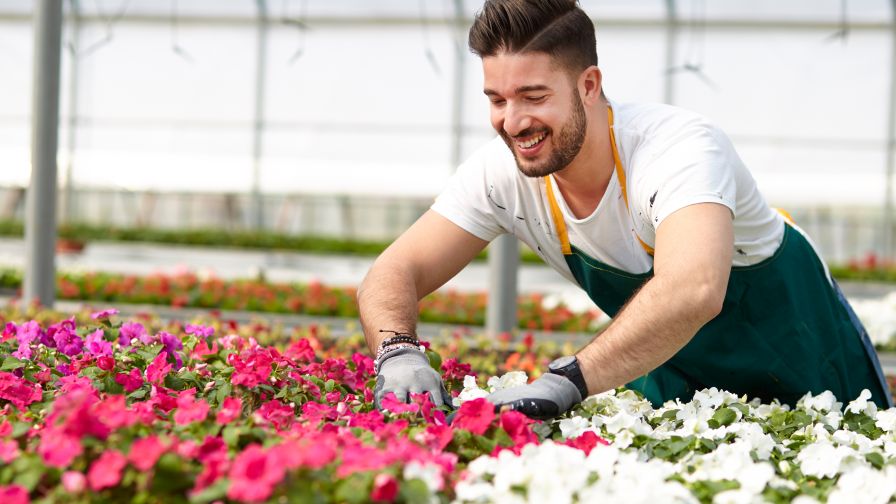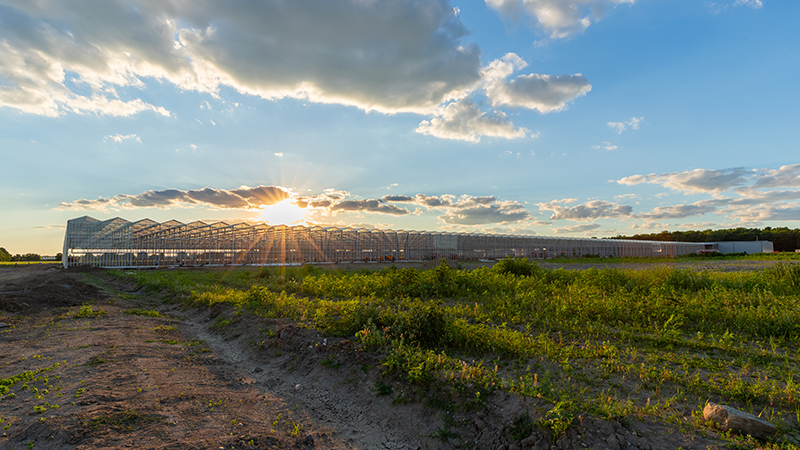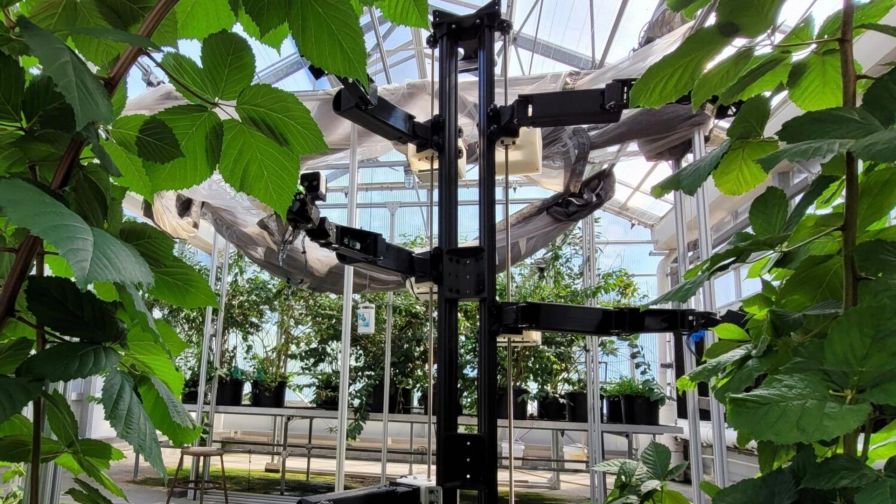How You Can Market the Benefits of Biocontrols
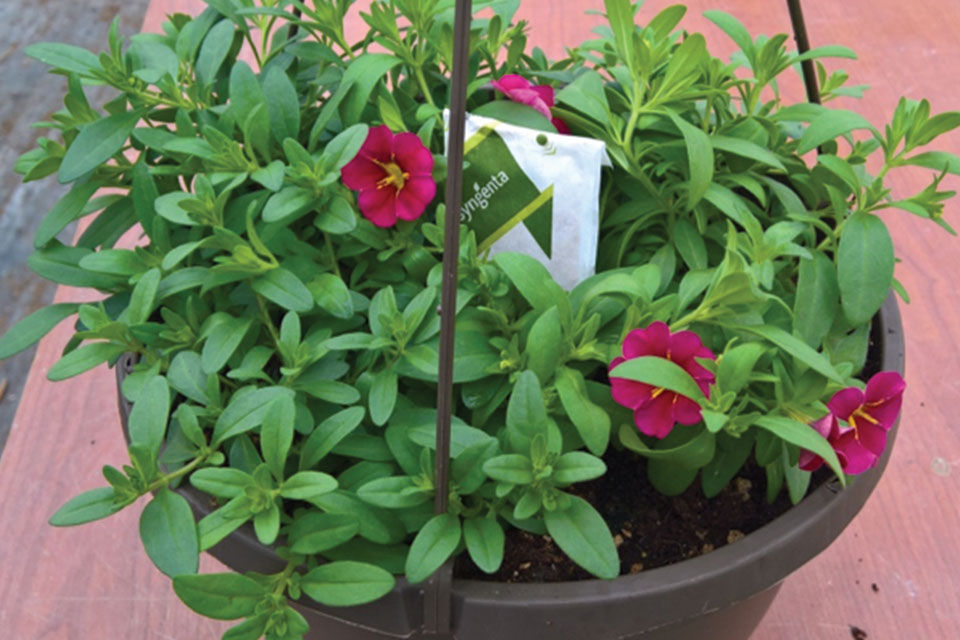
A young basket equipped with an Amblyseius cucumeris sachet. The sachets are a conversation starter that has helped raise customer awareness about Fessler Nursery’s environmental efforts.
This year, Greenhouse Grower’s State of the Industry report showed that 62% of growers who took the survey are using biocontrols. With the continued growth in mainstream use of biocontrols, it seems that many operations are overcoming roadblocks that stand in the way of this innovative process.
There are still some barriers, however, that hold many producers back from making the transition to adding biocontrols to their options for pest management.
Determine the True Cost of Pest Control
One of the most challenging roadblocks to overcome is the issue of cost, and the reasons for this are numerous. Many people have a difficult time thinking abstractly. Seeing the big picture of how pest control choices affect different areas throughout the company can be daunting. It is also tough to quantify benefits into monetary terms, which is necessary to achieve a fair comparison between biological control versus traditional chemical methods.
Simply comparing product invoices between biological and chemical options is easy, but it doesn’t even begin to cover all that is involved. Alternatively, you can go to the other end of the spectrum and work yourself into a mathematical frenzy crunching numbers to figure out time lost for re-entry intervals, how many people would have been working in that greenhouse, what their hourly rates are, how far that puts you behind on your order pulling, and so on. The interesting thing though, if you take a step back and look at what you are doing, is that each of these variables calculates to sway the equation more in favor of using biological controls. This is the conclusion we came to at Fessler Nursery when we started digging into this dilemma.
To take it a step further, you can ask yourself, “How do my customers feel about chemicals?” This is an important question that can have a big affect on your choice of pest control. To answer it, you have to look not only at your customer base now, but also where it will be in five to 10 years. Everyone’s customer base is slowly changing. Long-time customers continue to age and phase out of the marketplace while new, younger customers enter. This is already happening, which leads to the question of how to connect with Millennials.
Find Common Ground With Millennials
When you think about what characterizes Millennials , the first things you generally relate them with are technology, information, relationships, and social media. While these may all be correct, there is something else that connects them, and that is sustainability. I recently graduated from college and found out why you’re supposed to get it done before you have a job, family, and other responsibilities. Regardless, something I noticed as I was getting through my coursework was that there was a recurring theme. Whether it was referred to as thinking green, environmental awareness, or the bottom line, the fact is that sustainability was being continually reinforced.
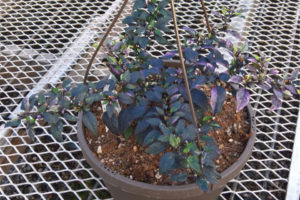 I wanted to verify and expand on this, so I checked with my daughters and found out that the same thing is happening in elementary school, middle school, and high school. From millennials on, every young person is being ingrained with sustainability as part of their being. This is not only a great thing for the world we live in; it also gives us a platform on which to build a relationship.
I wanted to verify and expand on this, so I checked with my daughters and found out that the same thing is happening in elementary school, middle school, and high school. From millennials on, every young person is being ingrained with sustainability as part of their being. This is not only a great thing for the world we live in; it also gives us a platform on which to build a relationship.
We have adopted several sustainable practices at Fessler Nursery, one of which is our use of beneficial insects to control pests. This program has been expanding due to its success. We thought, “Why not use this to connect with millennials and give them something to post or tweet about?”
Marketing With Biocontrols on a Retail Level
Our initial roll-out with this program was in our own retail store. It just makes sense to use biocontrols in retail. None of us wants to do anything to endanger our customers — that’s a given. With traditional chemical programs, you have to worry about when you are spraying, what you are spraying with, and how long you need before people can safely enter again. All of these challenges go away when you switch to a biocontrol program.
Our first introduction was to put the oat grass banker system that supports Aphidius colemani in our store. This is a fantastic item that is so ugly that your customers can’t help but notice it. The first day we had them in our store, everyone asked about them. When you have customers engage like this, seize the opportunity to show them the different parts of the system and how it works. They will be riveted and soon you’ll be giving a mini seminar to a crowd of people around you.
Another introduction was the purple flash pepper banker system (above, right) to support Orius insidiosus. The reaction to this one surprised us all. The first day we put them in the retail store, customers kept trying to purchase them. We explained the purpose of the plants and decided to put sold labels on them for the next day. This just made the customers angry, wondering why they had missed out on their chance to purchase the baskets. Needless to say, our retail staff members were not happy with us. Thus, we decided to produce purple flash peppers for sale in both 4-inch pots and basket sizes, and we continue to sell more each year, creating substantial increased revenue.
One final example that has worked for us is the use of Amblyseius cucumeris sachets in our baskets. We used to take these off prior to moving our baskets to retail, thinking they were an eyesore. Leaving them on has created an additional conversation piece with our customers and has enhanced the presentation of our sustainability practices. More customers have expressed an interest in purchasing sachets for their own use. They love the fact that we are environmentally conscious and that they can see evidence of that throughout our operation, which makes it easier for us to gain their loyalty.
These initiatives can absolutely change the cost equation when comparing biocontrols to chemical methods. All of the ideas presented have had a positive effect for us, and we believe we’ve only touched the tip of the iceberg in this area. Think about what it means to add these variables to your cost equation and what effect they can have on your bottom line.






